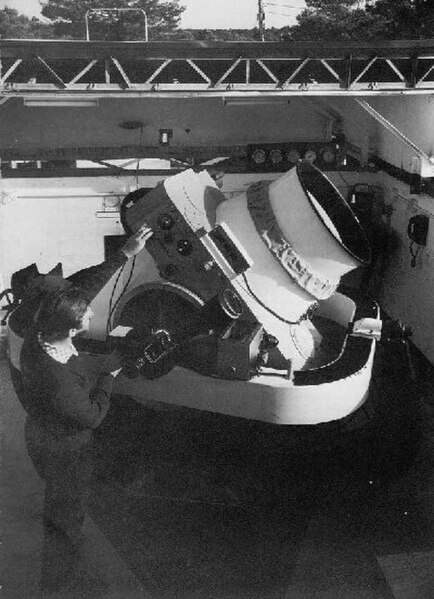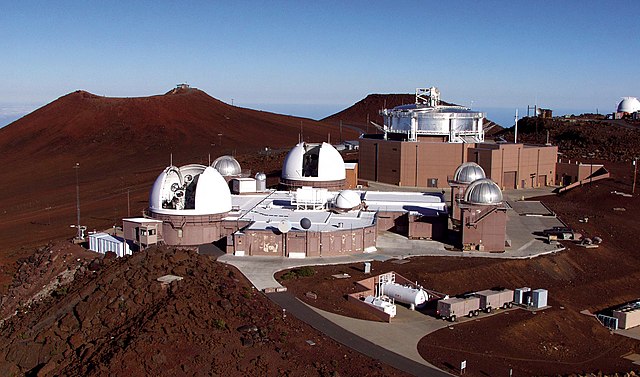Air Force Space Surveillance System
The AN/FPS-133 Air Force Space Surveillance System, colloquially known as the Space Fence, was a U.S. government multistatic radar system built to detect orbital objects passing over America. It is a component of the U.S. space surveillance network, and according to the U.S. Navy was able to detect basketball sized objects at heights up to 30,000 km (19,000 mi).
Part of the master transmitter antenna at Lake Kickapoo, Texas c.2001
United States Space Surveillance Network
The United States Space Surveillance Network (SSN) detects, tracks, catalogs and identifies artificial objects orbiting Earth, e.g. active/inactive satellites, spent rocket bodies, or fragmentation debris. The system is the responsibility of United States Space Command and operated by the United States Space Force and its functions are:Predict when and where a decaying space object will re-enter the Earth's atmosphere;
Prevent a returning space object, which to radar looks like a missile, from triggering a false alarm in missile-attack warning sensors of the U.S. and other countries;
Chart the present position of space objects and plot their anticipated orbital paths;
Detect new artificial objects in space;
Correctly map objects traveling in Earth orbit;
Produce a running catalog of artificial space objects;
Determine ownership of a re-entering space object;
Baker-Nunn satellite tracking camera
GEODSS atop the Haleakala crater



